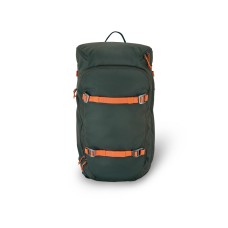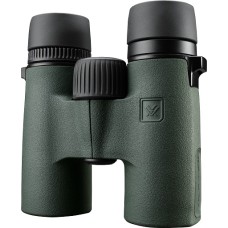There are several ways to observe birds, at home or on field outings. Here are some tips to help you during your bird watching excursions.
First, before heading out, avoid wearing brightly colored clothing. Choose clothes that blend in with the environment. If you want to make great observations, you should be in the field as early as possible in the morning. Birds are more active at dawn and can be spotted more easily.
If you are several observers, although it might be tempting to chat about your latest sightings or your new binoculars, you should avoid speaking loudly. Noise scares birds, so it’s better to whisper.
A good technique for spotting birds is to scan the horizon. You’ll be able to spot birds of prey, ducks, or herons in flight. If you see a bird entering a bush, focus your binoculars directly on it so you’ll be ready when it comes out.
When you walk in a forest, you might hear the Blue Jay, Black-capped Chickadee or American Crow calling insistently for short periods. Pay special attention to these calls, as they often reveal the presence of raptors.
It’s also a great idea to familiarize yourself with bird songs. Indeed, especially when the tree leaves are out, it’s easier to identify a bird by its song rather than by sight. If you hear something you don’t recognize, you can search for it.
Another simple tip is to have a pair of compact binoculars in your car. They are not expensive and handy to do quick observations as your regular pair is at home.
Additional tips to enhance your experience
- Patience is important :
Birdwatching requires patience. Sometimes, you will need to wait for a long time before spotting a bird. Taking your time and enjoying the environment is an essential part of the experience.
- Using a field notebook:
Keeping a birdwatching journal can be a good idea to record your sightings, the species you see, the time, weather conditions, etc. This allows you to track the progress of your outings and gain a better understanding of the habits of the birds you watch.
- Respect the environment :
It’s important to respect wildlife and nature. Never disturb birds, especially when they are nesting. Stay at a proper distance and avoid disturbing their natural habitat.
- Wind and light orientation :
When you head out to watch birds, consider the wind direction and the position of the sun. Birds tend to be more active and visible when facing the wind, and they are easier to observe in good light.
- Extra equipment :
In addition to binoculars, a good camera with a powerful zoom lens can be a great accessory. You will be able to capture unique moments without disturbing the birds.
- Blending in more:
For advanced observers, there are camouflage tents or specific clothing that allow you to blend even better into the environment. This increases your chances of watching birds without being noticed
- Exploring different habitats:
Birds can be found in various habitats. Wetlands, forests, meadows. Even urban areas can be interesting places to observe different species.
- Using mobile applications:
There are many applications designed for birdwatching that can help you identify species by their song, appearance, or location.
By incorporating these tips, you’ll be able to enjoy your birdwatching outings even more and observe birds in a respectful and rewarding way.

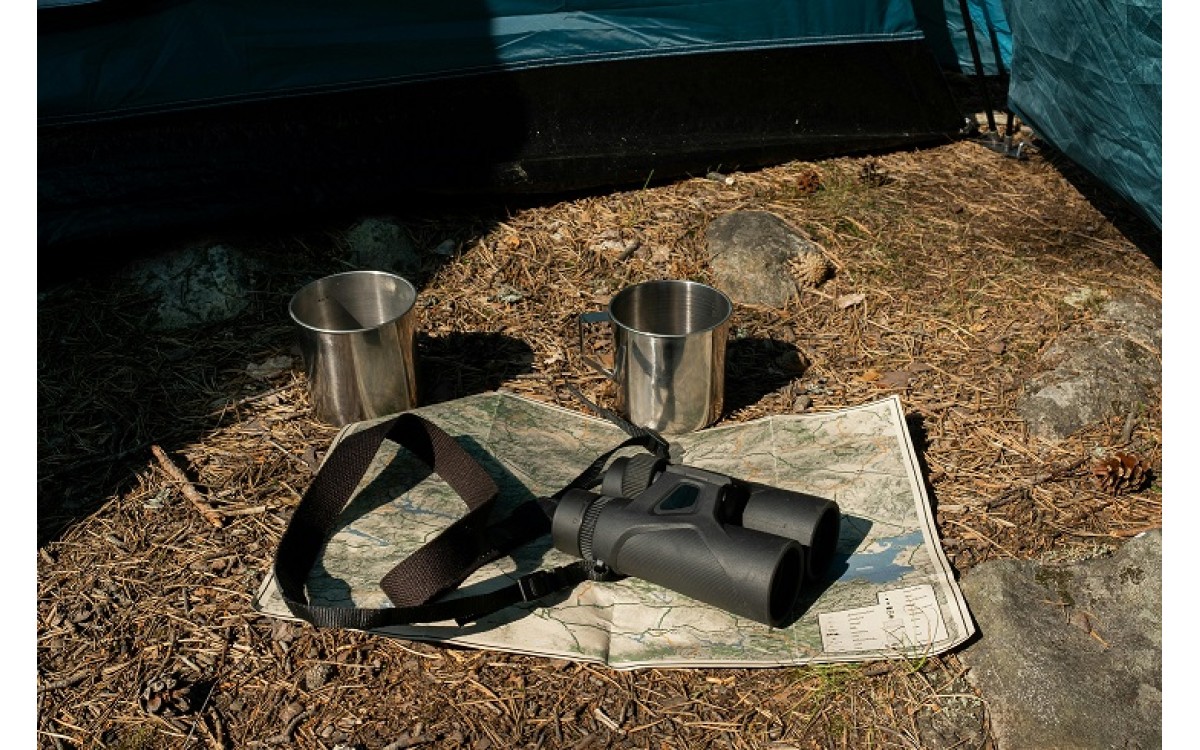
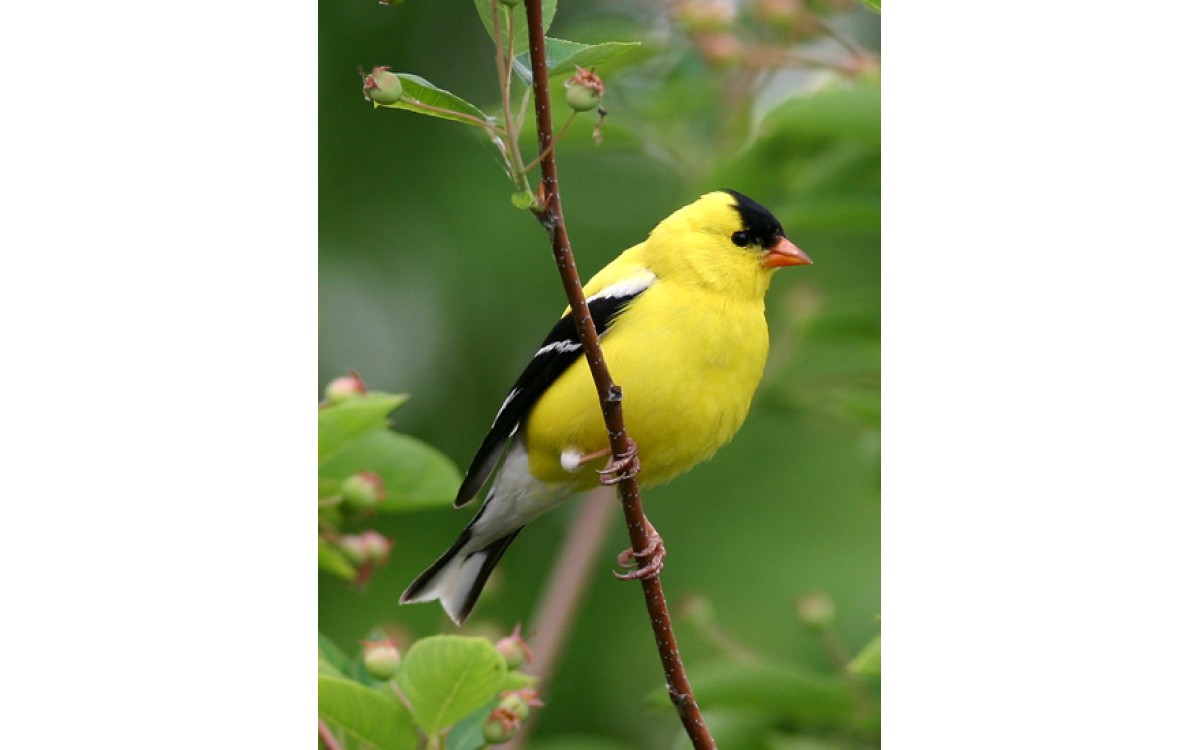
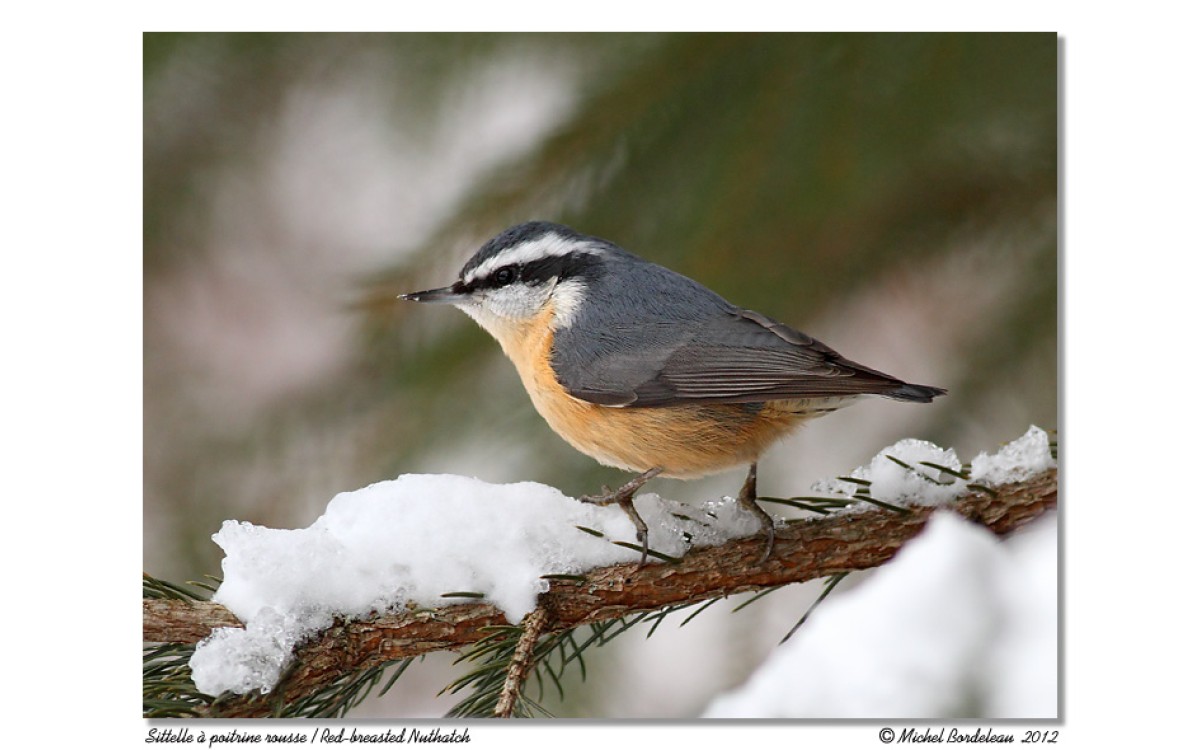

-228x228.jpg)
